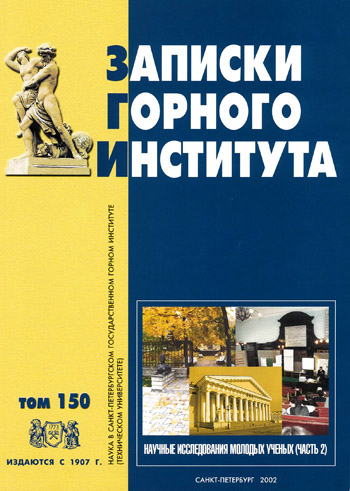On the possibility of using calcium hydrocarboaluminate as a multifunctional coagulant
- Postgraduate student G.V. Plekhanov Saint Petersburg Mining University
Abstract
The urgent task facing the metallurgical industry is the use of calcium hydrocarbon aluminate (CCAA) synthesized under alumina production conditions as a multifunctional coagulant for wastewater treatment. Researches, executed under the direction of V. Sizyakov at Chair of Non-ferrous Metals Metallurgy of St.Petersburg Mining Institute together with specialists of Russian aluminium-magnesium Institute (VAMI) established that in medium of strong electrolytes in conditions of alumina production GKAK crystallizes in a wide range of temperatures (from 20 to 100 °С) for 40 min. Coagulant tests were carried out at the following sites: Central Design Bureau of Machine Building “Rubin”, electric depot “Dachnoye” of subway, Kamenskaya paper and cardboard factory, carburetor plant, plant named after Degtyarev and at a number of other large enterprises. From the economic point of view, application of HCCA as coagulant will advantageously influence both the activity of plant-producer and potential consumers of coagulant. For example, the application of HCAK in the technological scheme of after-treatment of the combined galvanic drains of Degtyarev plant allows decreasing the doses of coagulant Fe2SC>4 by 2-3 times and flocculant PAA (polyacry-lamide) by 5-10 times compared to the doses, used in practice of waste water treatment.
